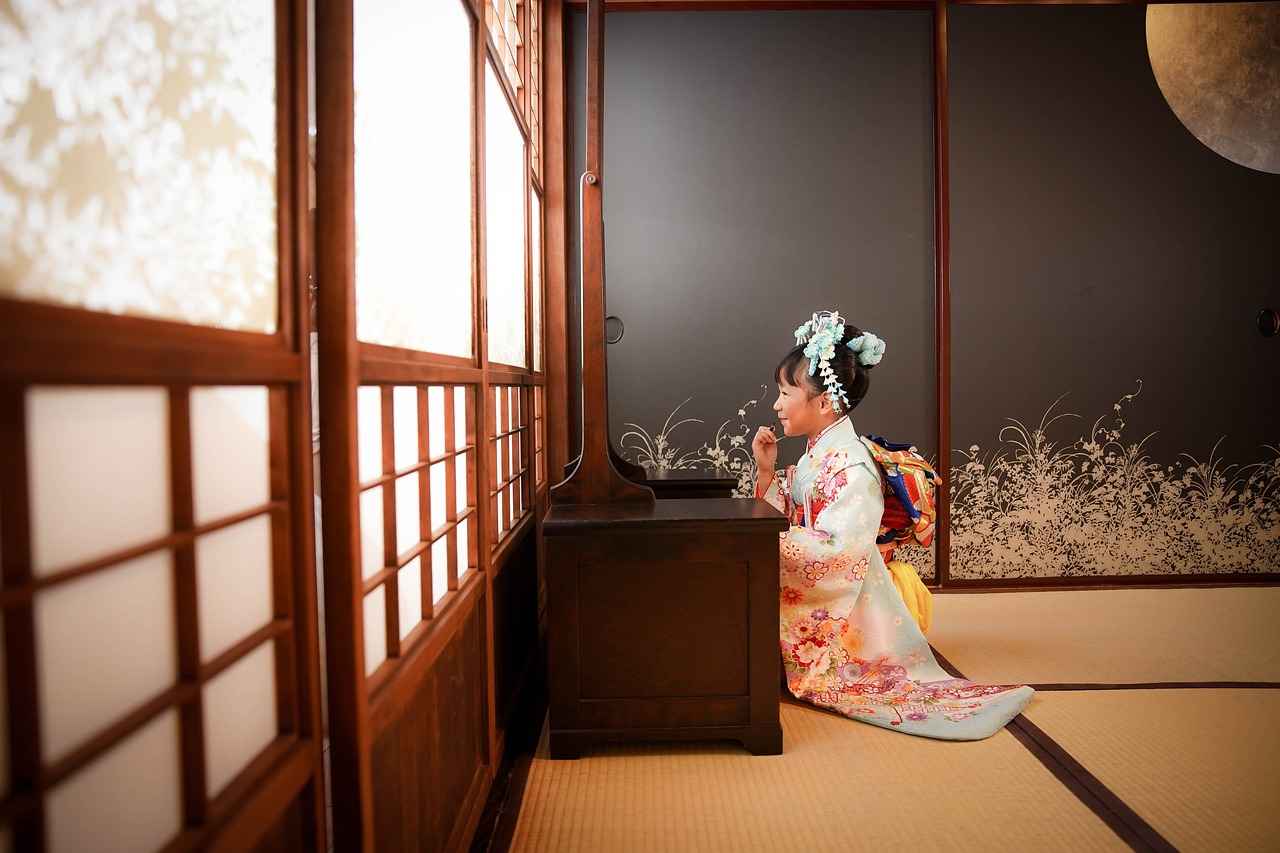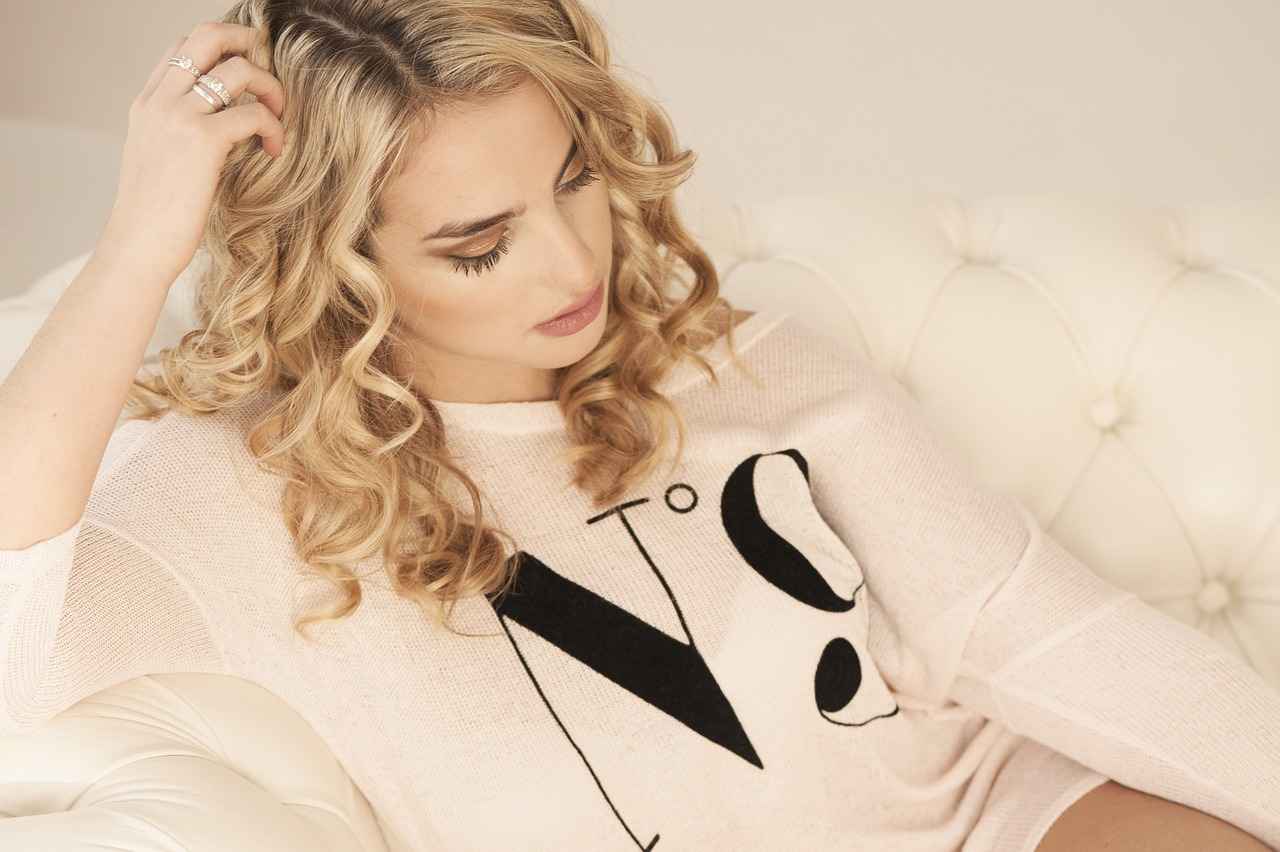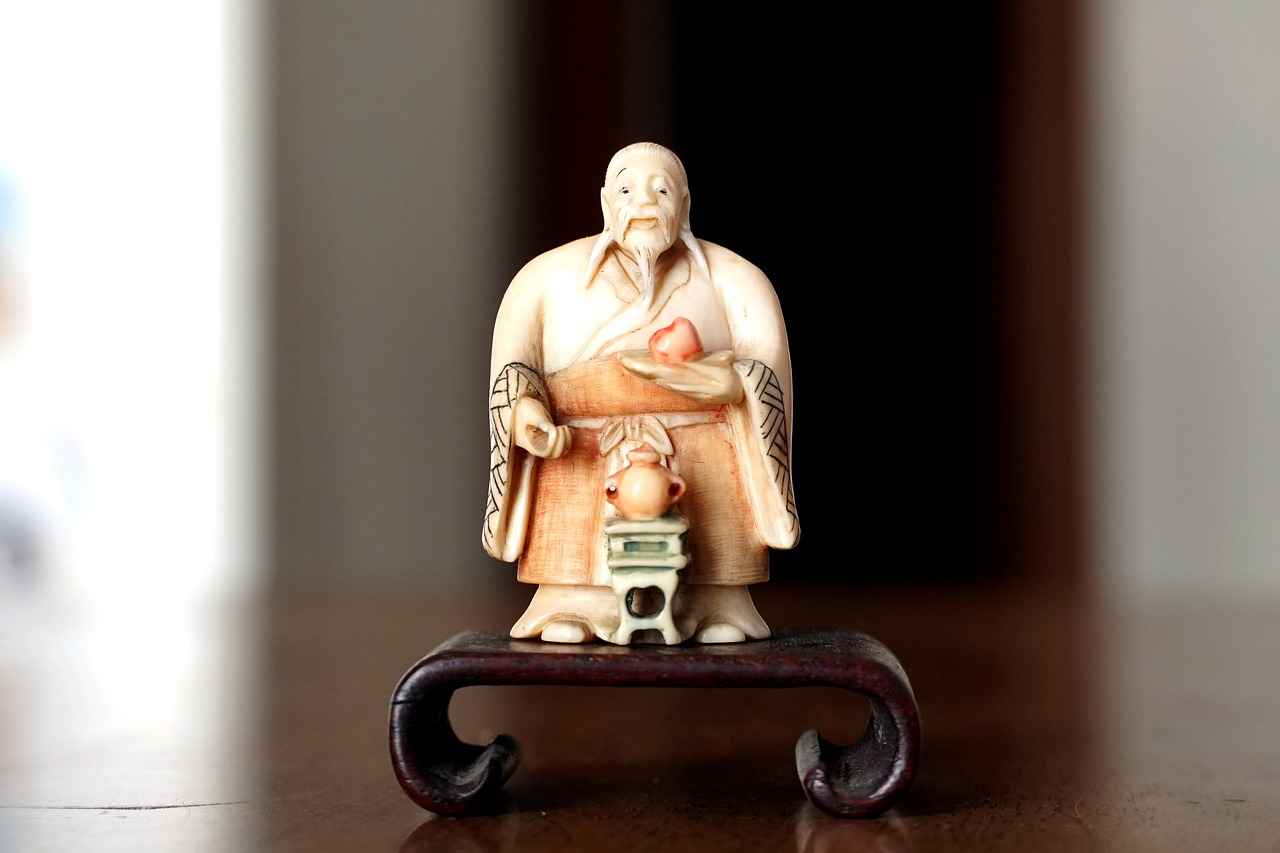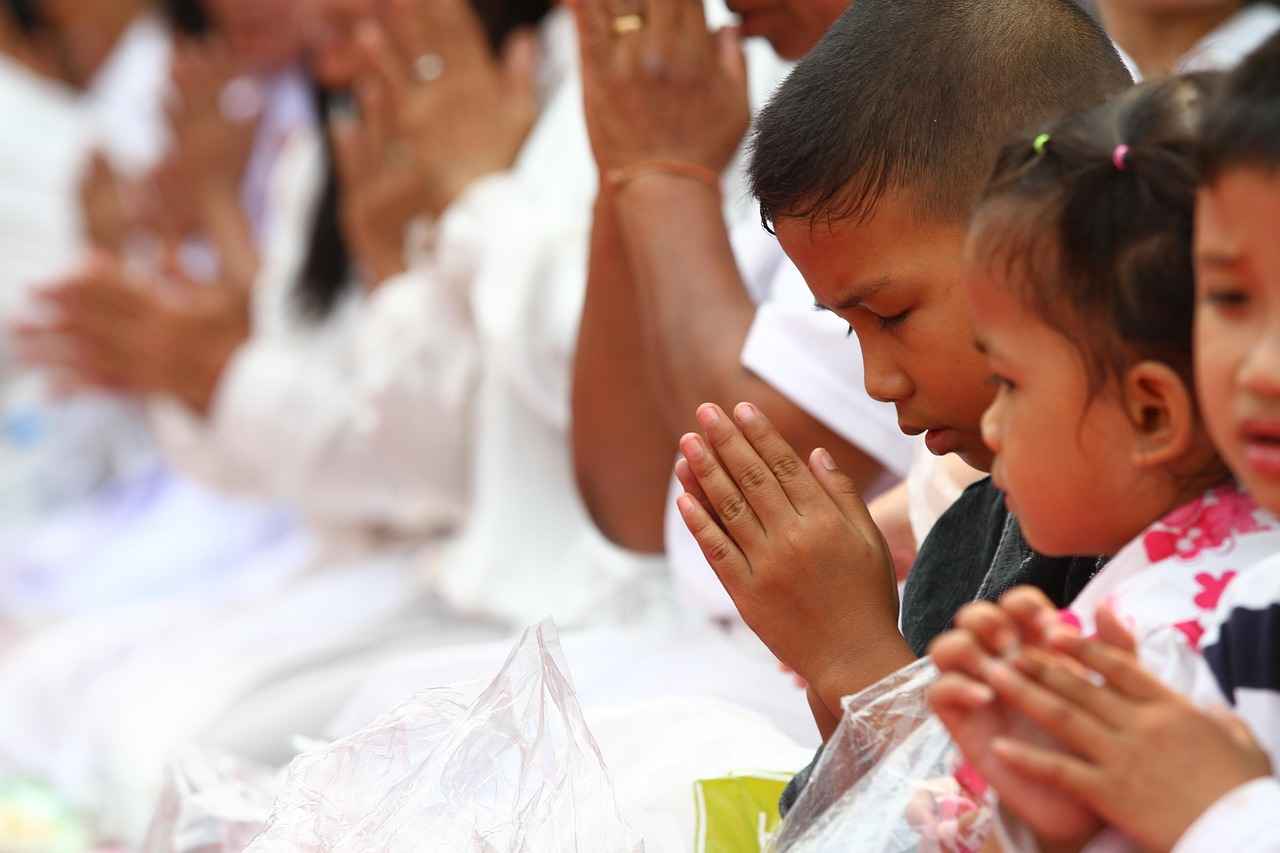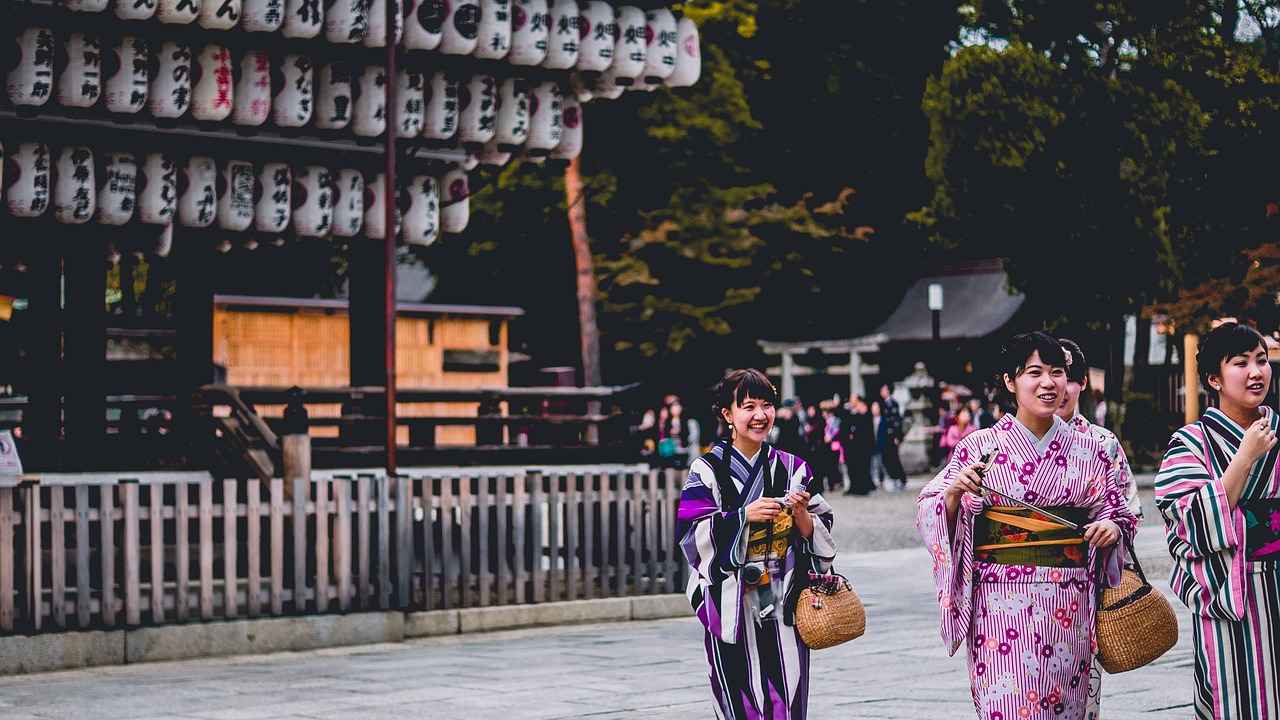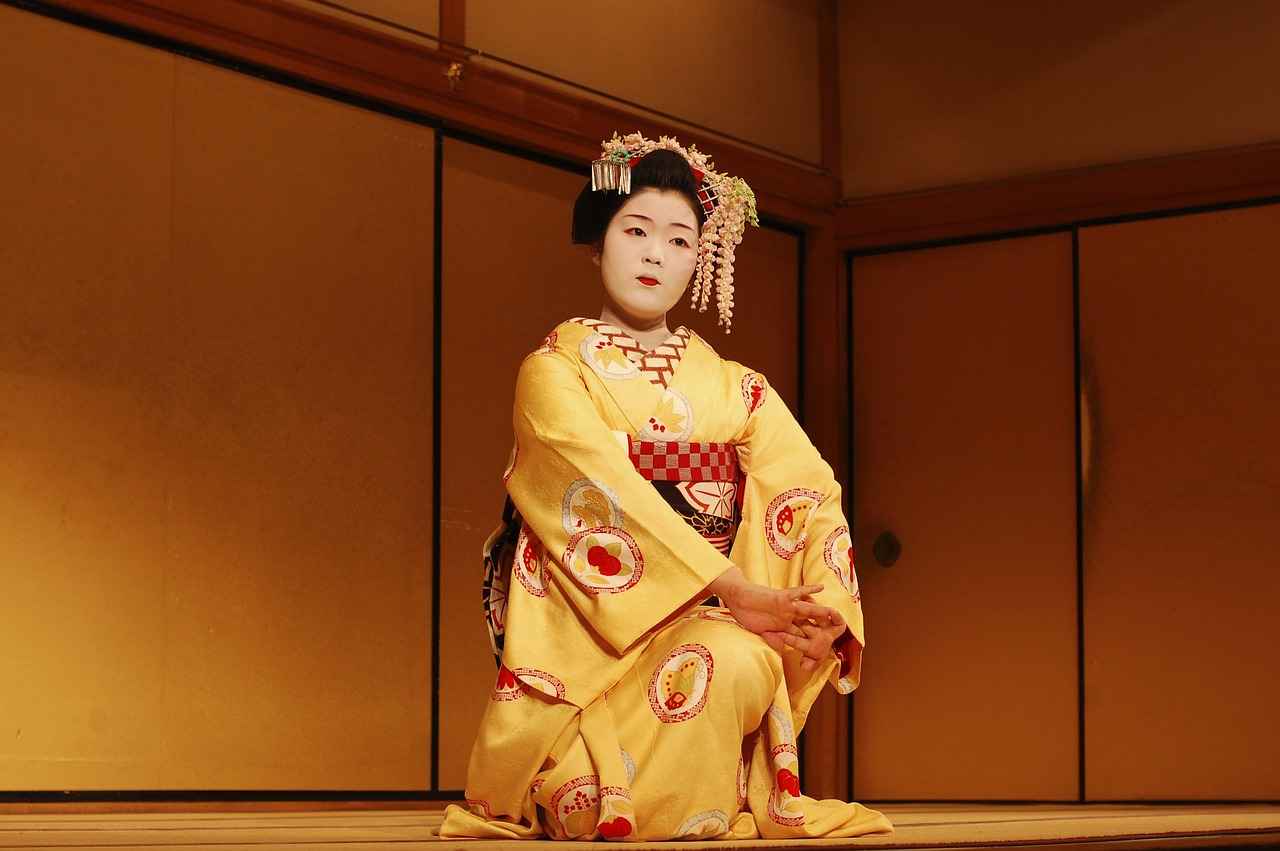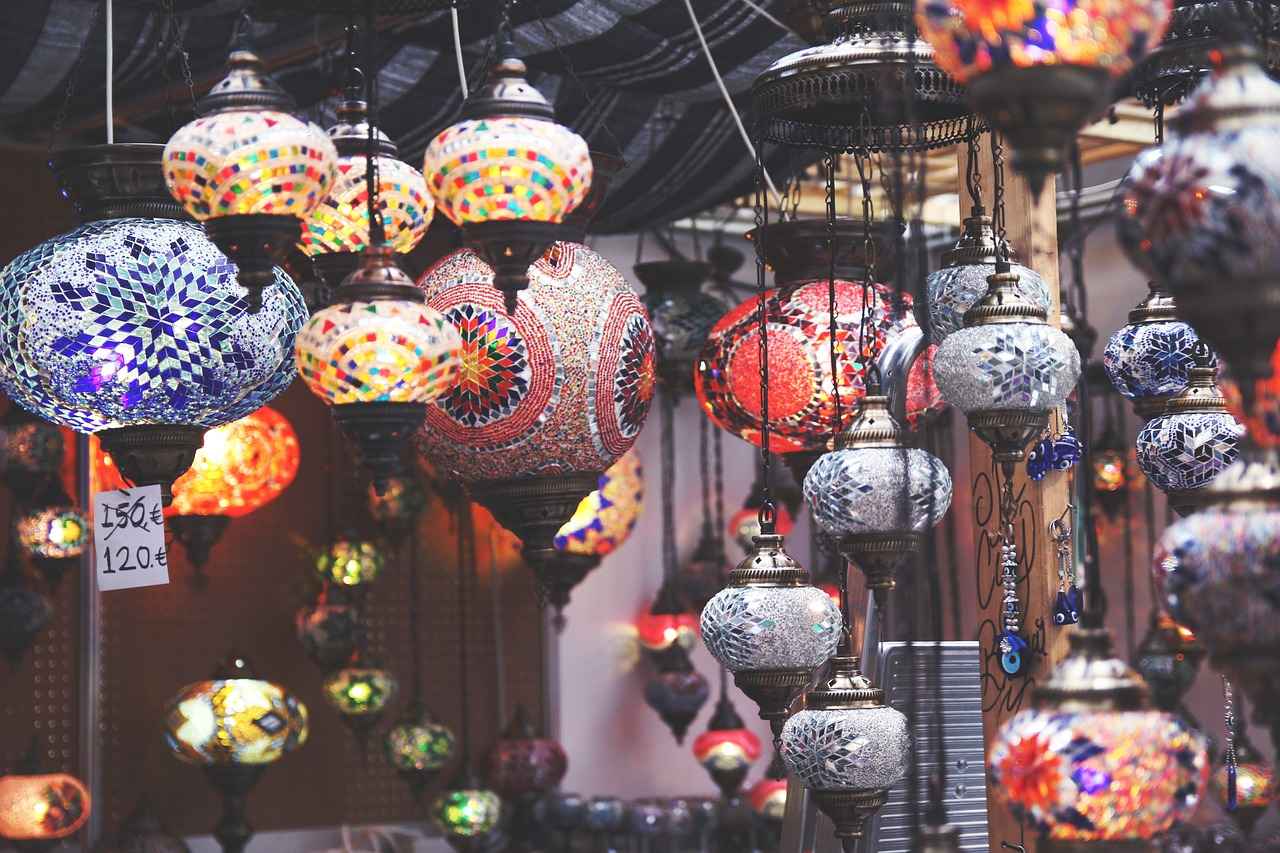This article explores the top locations and services for kimono rentals, offering insights into pricing, styles, and tips for a memorable experience while immersing yourself in Japanese culture.
Understanding Kimono Rentals
Kimono rentals provide a unique opportunity to experience traditional Japanese attire. Renting a kimono allows visitors to connect with Japan’s rich cultural heritage. It’s essential to understand the different styles and materials available, as well as the cultural significance behind this beautiful garment.
Top Cities for Kimono Rentals
Japan boasts several cities renowned for their kimono rental services. Below are some of the best locations:
- Kyoto: The heart of tradition, famous for its historical significance.
- Tokyo: A vibrant city where modernity meets tradition.
- Osaka: Known for its lively atmosphere and affordable rental options.
Kyoto: The Heart of Tradition
In Kyoto, you can find numerous rental shops that cater to tourists. Many shops offer a wide selection of kimonos, ensuring you find the perfect one that suits your style. Additionally, many offer experience packages that include hair styling and professional photoshoots, allowing you to capture your memories in traditional attire.
Tokyo: Modern Meets Traditional
Tokyo offers a unique blend of the contemporary and the traditional. Here, you can rent kimonos in various styles, from casual to formal, making it an excellent option for those wanting to explore the city in style.
Pricing and Rental Duration
Understanding the pricing structure for kimono rentals is essential for budgeting your trip. Average costs can vary based on location and style, with prices typically ranging from 3,000 to 10,000 yen for a day rental. Rental durations can vary, with options available from a few hours to a full day.
Tips for Choosing the Right Kimono
- Consider Your Body Type: Choose a kimono that flatters your figure.
- Choosing Colors and Patterns: Select colors that reflect your personality and the occasion.
What to Expect During Your Rental Experience
The rental process typically includes a fitting to ensure the kimono fits perfectly. Most rental shops also provide styling services and accessories to complete your look, such as obi (sashes) and obijime (decorative cords).
Conclusion: Embrace the Kimono Experience
Renting a kimono is a wonderful way to engage with Japanese culture. By following the insights shared in this article, you can ensure a memorable and authentic experience during your travels. Immerse yourself in the beauty of this traditional attire and create lasting memories.
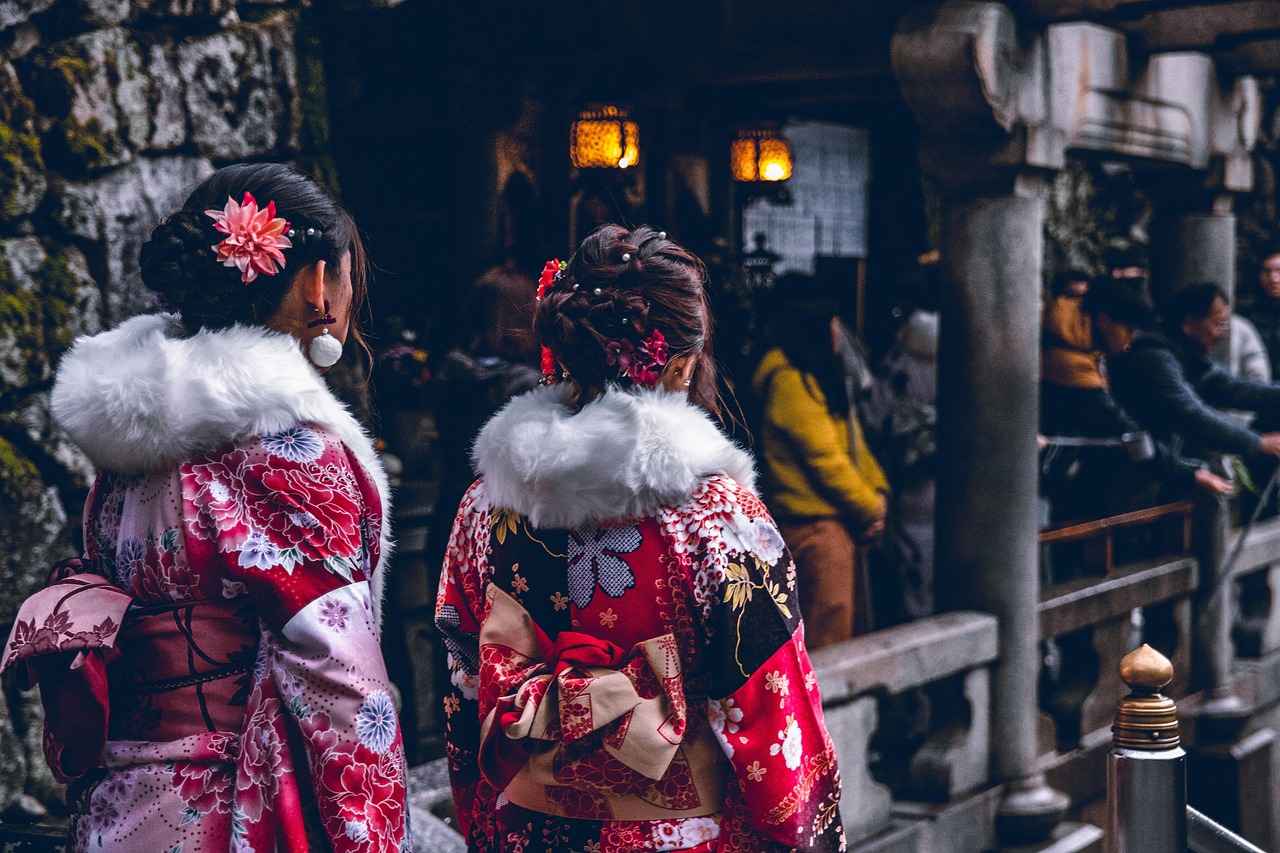
Understanding Kimono Rentals
Kimono rentals offer a unique opportunity to immerse yourself in the rich tapestry of Japanese culture. By donning a kimono, you not only wear a garment but also embrace a centuries-old tradition that embodies elegance and artistry. This section delves into the essentials of renting a kimono, focusing on styles, materials, and the cultural significance of this iconic attire.
Styles of Kimono
- Furisode: Characterized by long sleeves, this style is typically worn by young women during special occasions.
- Yukata: A casual summer kimono made of cotton, perfect for festivals and warm weather.
- Tomesode: A formal kimono with shorter sleeves, often worn by married women at weddings and ceremonies.
Materials Used
Kimonos are crafted from various materials, each offering a different aesthetic and feel:
- Silk: The most luxurious option, known for its sheen and softness.
- Cotton: Commonly used for yukatas, it is lightweight and breathable.
- Polyester: A more affordable alternative, often used for everyday wear.
Cultural Significance
The kimono is more than just clothing; it represents Japanese heritage and identity. Different colors and patterns can symbolize various meanings, such as happiness, prosperity, and purity. Wearing a kimono also fosters a deeper understanding of Japanese customs and traditions.
In summary, renting a kimono allows you to engage with Japan’s cultural legacy. Whether you opt for a vibrant furisode or a classic tomesode, each kimono tells a story and enhances your travel experience.
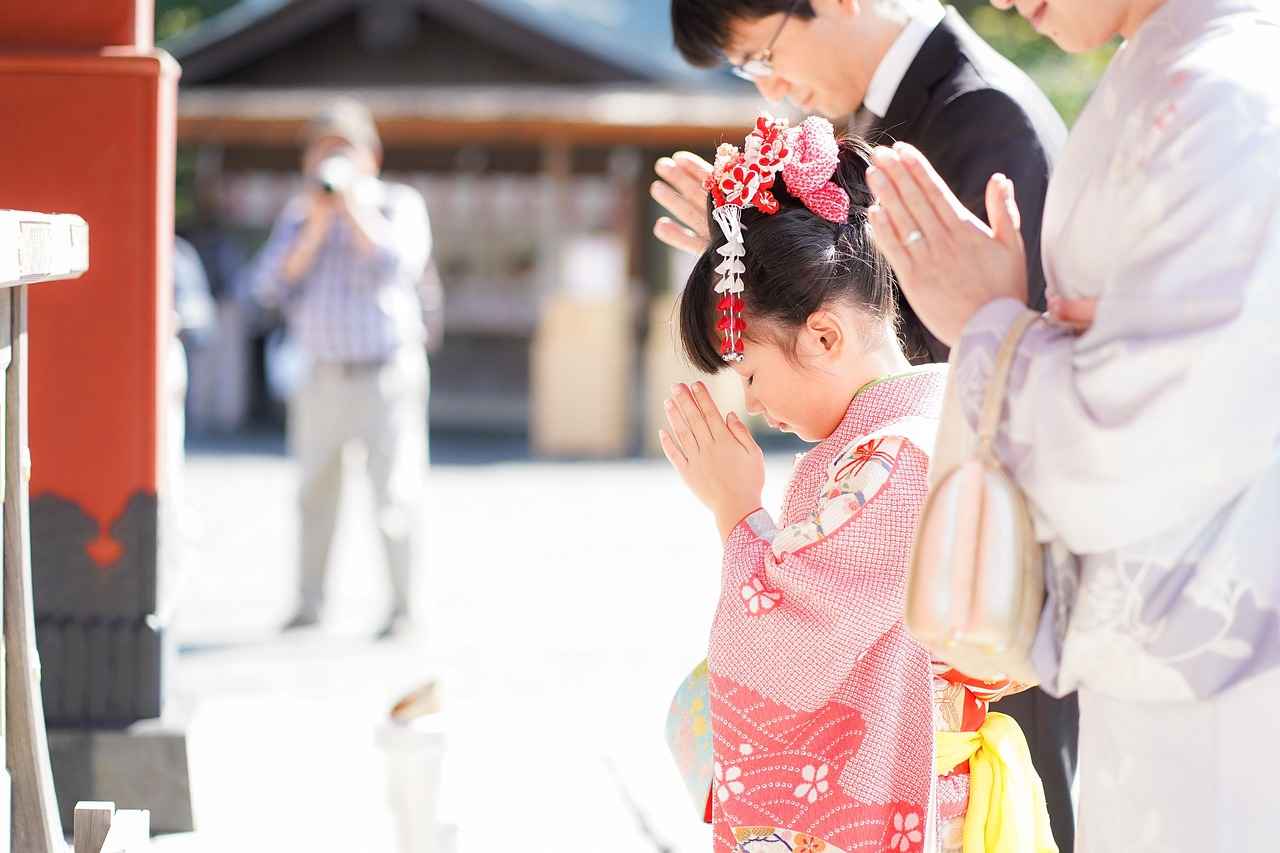
Top Cities for Kimono Rentals
Japan is a country rich in culture and tradition, and one of the best ways to immerse yourself in this heritage is by renting a kimono. Certain cities stand out for their exceptional kimono rental services, allowing visitors to experience the elegance of this traditional attire while exploring local culture. Below, we delve into some of the most renowned cities for kimono rentals, highlighting their unique offerings and the experiences they provide.
- Kyoto: As the cultural heart of Japan, Kyoto is synonymous with tradition. The city boasts numerous rental shops that specialize in kimonos, offering a wide range of styles from casual to formal. Visitors can stroll through historic districts like Gion while wearing their rented kimonos, providing a truly immersive experience.
- Tokyo: In contrast to Kyoto’s historical ambiance, Tokyo presents a vibrant blend of modernity and tradition. Here, rental shops offer innovative kimono styles that incorporate contemporary fashion elements. It’s a unique opportunity to enjoy traditional attire in a bustling urban setting.
- Osaka: Known for its lively atmosphere and delicious street food, Osaka also offers a variety of kimono rental services. Many shops provide packages that include hairstyling and guided tours, making it easy for visitors to enjoy a day of exploration in their kimonos.
- Nara: Famous for its ancient temples and friendly deer, Nara is another excellent city for kimono rentals. The serene environment enhances the experience, allowing visitors to enjoy leisurely walks while dressed in traditional attire.
Each of these cities provides not only quality kimono rentals but also a chance to engage with the local culture in a meaningful way. Whether you’re wandering through the historic streets of Kyoto or exploring the modern districts of Tokyo, wearing a kimono adds a layer of authenticity to your travel experience. Make sure to plan ahead, as some rental shops may require reservations, especially during peak tourist seasons.
In conclusion, renting a kimono in these top cities allows you to embrace the essence of Japanese culture. With the right preparation and an open mind, you can create unforgettable memories while enjoying the beauty of this traditional garment.
Kyoto: The Heart of Tradition
Kyoto is often regarded as the heart of traditional Japan, renowned for its rich historical significance and vibrant cultural heritage. This city offers visitors a unique opportunity to immerse themselves in Japanese customs, particularly through the enchanting experience of wearing a kimono. In this section, we will explore the best rental shops in Kyoto, ensuring that you find the perfect kimono for your visit.
When it comes to kimono rentals, Kyoto stands out with its extensive variety of styles, colors, and patterns that reflect the city’s deep-rooted traditions. Whether you are looking for a casual yukata or an elegant furisode, Kyoto’s rental shops cater to all preferences and occasions.
| Rental Shop | Location | Special Features |
|---|---|---|
| Yume Kyoto | Near Kiyomizu-dera | Wide selection and photography services |
| Okamoto | Gion District | Custom fittings and traditional styling |
| Wargo | Near Arashiyama | Group discounts and rental packages |
Many rental shops also offer experience packages that include hair styling and professional photoshoots, allowing you to capture the essence of your kimono experience against the backdrop of Kyoto’s stunning scenery. This is particularly popular among tourists looking to create lasting memories during their visit.
When selecting a rental shop, consider factors such as customer reviews, the variety of kimonos available, and the level of customer service. It’s advisable to book your rental in advance, especially during peak tourist seasons, to ensure you have the best selection available.
In conclusion, renting a kimono in Kyoto is not just about wearing beautiful clothing; it is about embracing a piece of Japanese culture. By choosing the right rental shop and package, you can enhance your visit, making it a truly memorable experience.
Popular Rental Shops in Kyoto
When visiting Kyoto, immersing yourself in the rich cultural heritage is a must, and what better way to do that than by wearing a traditional kimono? Kyoto is renowned for its stunning kimono rental shops, each offering a unique selection of garments and services that cater to every visitor’s needs. Below, we explore some of the top-rated rental shops in the city, known for their extensive collections and exceptional customer service.
- Yume Kyoto: This shop is famous for its wide variety of kimonos, from elegant to casual styles. They offer personalized fittings and even have English-speaking staff to assist international visitors.
- Okamoto: Located near Kiyomizu-dera, Okamoto specializes in high-quality silk kimonos. Their rental packages often include hair styling and a professional photo shoot to capture your experience.
- Kyoto Kimono Rental Wargo: With multiple locations across Kyoto, Wargo provides a large selection of kimonos and accessories. They also offer rental packages that include guided tours of historical sites.
- Hanaikada: Known for its traditional approach, Hanaikada focuses on authentic experiences. Their knowledgeable staff can help you choose a kimono that fits both your style and the occasion.
Each of these shops not only offers a fantastic selection of kimonos but also provides a complete experience, including fittings, styling, and even photography services. This makes it easy for you to find a kimono that suits your style while ensuring you have a memorable experience in Kyoto.
Conclusion: Renting a kimono in Kyoto is more than just a fashion choice; it’s a chance to connect with the city’s vibrant history and culture. With a variety of rental shops to choose from, you can find the perfect kimono to enhance your visit and create lasting memories.
Kimono Experience Packages
offer an immersive way to engage with Japanese culture while enjoying the elegance of traditional attire. Many rental shops across Japan have recognized the demand for a complete experience, combining kimono rentals with additional services that enhance your cultural journey.
These packages typically include not only the rental of the kimono but also hair styling and professional photoshoots. This allows you to fully embrace the aesthetic of wearing a kimono, ensuring that you look your best while exploring the beautiful surroundings of Japan.
| Package Type | Included Services | Price Range |
|---|---|---|
| Basic Package | Kimono Rental + Basic Hair Styling | $50 – $80 |
| Deluxe Package | Kimono Rental + Advanced Hair Styling + Photoshoot | $100 – $150 |
| Premium Package | Kimono Rental + Hair Styling + Professional Photoshoot + Accessories | $200 – $300 |
When selecting a package, consider your needs and the duration of your kimono experience. Some shops also offer guided tours, where you can explore iconic locations while dressed in your kimono. This adds an extra layer of cultural immersion, as you get to appreciate the historical significance of the sites you visit.
- Hair Styling: Traditional styles often include intricate updos adorned with hairpieces.
- Photoshoot Locations: Popular spots include temples, gardens, and scenic streets that enhance the visual appeal of your photos.
- Accessories: Many packages include options for obi (sashes), obijime (cords), and other traditional accessories to complete your look.
In conclusion, offer a unique opportunity to not only wear beautiful attire but to also create lasting memories through professional photography and cultural exploration. Whether you are in Kyoto, Tokyo, or another city, these packages can significantly enrich your travel experience.
Tokyo: Modern Meets Traditional
Tokyo is a city where the ultra-modern meets the timelessly traditional. As you navigate through its bustling streets, you’ll find a unique opportunity to immerse yourself in Japanese culture through the art of kimono wearing. This vibrant metropolis offers a plethora of kimono rental experiences that cater to both locals and tourists alike.
When it comes to kimono rentals, Tokyo boasts some of the best locations to suit your needs. From luxurious boutiques to affordable rental shops, there is something for everyone. Here are some of the top places to consider:
- Asakusa: Renowned for its historical sites, Asakusa offers various rental shops where you can don a kimono and stroll around the iconic Senso-ji Temple.
- Harajuku: Known for its fashion-forward vibe, Harajuku provides a unique twist on traditional kimonos, often incorporating modern designs and vibrant colors.
- Shibuya: This bustling area is perfect for those looking to capture the essence of Tokyo while dressed in traditional attire. Many shops here offer rental packages that include hairstyling and photography services.
In addition to the rental locations, it’s essential to understand the options available. Most rental shops provide a range of kimonos, from formal to casual, allowing you to choose one that fits your occasion. Accessories like obi (sashes), obijime (decorative cords), and geta (traditional footwear) are often included in rental packages, ensuring a complete and authentic look.
To make the most of your kimono rental experience, consider visiting during seasonal festivals or cultural events in Tokyo. These occasions allow you to fully embrace the traditional atmosphere while showcasing your beautiful kimono.
In conclusion, renting a kimono in Tokyo is not just about wearing a beautiful garment; it’s about connecting with the rich cultural heritage of Japan. Whether you’re wandering through historic districts or snapping photos in modern settings, the experience is sure to be memorable.

Pricing and Rental Duration
Understanding the pricing structure for kimono rentals is essential for budgeting your trip to Japan. With various options available, it’s important to have a clear idea of what to expect in terms of costs and rental durations.
Average Costs for Rentals
The cost of renting a kimono can vary significantly depending on several factors, including the location, style, and season. On average, you can expect to pay:
- Basic Kimono Rental: ¥3,000 – ¥5,000 per day
- Premium Kimono Rental: ¥6,000 – ¥12,000 per day
- Experience Packages: ¥10,000 – ¥20,000 (includes hair styling and photoshoot)
It’s advisable to check for seasonal discounts and promotions that many rental shops offer, especially during peak tourist seasons.
Rental Duration Options
Most rental shops provide flexible rental durations to cater to different needs. Typical rental periods include:
- Half-day Rental: Ideal for short outings or events (4 hours)
- Full-day Rental: Perfect for a full day of exploration (up to 8 hours)
- Multi-day Rental: Great for longer stays or special occasions, often with discounted rates for extended rentals
Choosing a longer rental duration can enhance your experience, allowing you to immerse yourself in the culture without the rush. Many shops also offer free returns if you return the kimono early, providing added flexibility.
In conclusion, understanding the pricing and rental duration options will help you plan your kimono rental experience effectively. By budgeting appropriately and choosing the right rental period, you can fully enjoy the beauty and tradition of wearing a kimono during your visit to Japan.
Average Costs for Rentals
The cost of renting a kimono can vary widely based on several factors, including location, style, and duration of the rental. Understanding these variables is crucial for planning your budget effectively. Below, we break down the average pricing you can expect when renting a kimono in popular Japanese cities.
| City | Average Cost (per day) | Rental Duration Options |
|---|---|---|
| Kyoto | ¥4,000 – ¥10,000 | 1 day, 2 days, or longer |
| Tokyo | ¥5,000 – ¥12,000 | Half-day, 1 day, or weekend |
| Osaka | ¥3,500 – ¥8,000 | 1 day or 3 days |
As illustrated in the table above, the average rental costs can range significantly based on the city and the specific rental shop. In Kyoto, known for its rich cultural heritage, you might find yourself paying between ¥4,000 and ¥10,000 for a day’s rental. In contrast, Tokyo, a bustling metropolis that blends modernity with tradition, typically charges between ¥5,000 and ¥12,000.
It’s also important to note that many rental shops offer discounts for longer rental durations, such as weekend packages or multi-day rentals, which can significantly enhance your experience while providing better value for your money. Additionally, some shops may include extras like hair styling or accessories in their rental packages, which can affect the overall cost.
In conclusion, by understanding the average costs and available options, you can better plan your budget for an authentic kimono experience. Whether you are wandering through the streets of Kyoto or exploring the vibrant neighborhoods of Tokyo, renting a kimono can be a memorable and enriching part of your trip.
Rental Duration Options
When it comes to renting a kimono, understanding the is crucial for making the most of your experience. Most rental shops offer a variety of flexible rental periods, catering to different needs and occasions. This section will delve into typical rental durations and the advantages of opting for longer rentals, especially for special events.
Typically, kimono rentals can range from two hours to a full day, with many shops allowing you to choose the duration that best fits your plans. For short visits, a two to four-hour rental might be sufficient, especially if you’re looking to wear a kimono for a specific activity like sightseeing or a photoshoot. However, for those wanting to fully immerse themselves in the experience, longer rentals—such as full-day or even multi-day options—are highly beneficial.
- Full-Day Rentals: Perfect for exploring cities like Kyoto or Tokyo, where you can visit multiple attractions while dressed in traditional attire.
- Multi-Day Rentals: Ideal for special occasions like weddings or festivals, allowing you to enjoy the kimono experience without the rush.
- Flexible Return Times: Many rental shops offer the option to return the kimono later in the day, giving you the freedom to extend your outing.
Choosing a longer rental period comes with its own set of advantages:
1. **Comfort:** You can take your time to adjust to wearing a kimono, which can be quite different from everyday clothing.2. **Photography Opportunities:** Longer rentals allow for multiple photoshoots at various locations, capturing the beauty of the kimono in different settings.3. **Cultural Experience:** Spending more time in a kimono helps you appreciate the cultural significance and craftsmanship behind this traditional garment.
In conclusion, whether you are renting for a few hours or several days, understanding your options can enhance your kimono experience. Consider your schedule and the events you plan to attend, and choose a rental duration that allows you to fully enjoy the beauty and tradition of wearing a kimono.

Tips for Choosing the Right Kimono
Selecting the perfect kimono can indeed be a daunting task, especially with the variety of styles, colors, and fabrics available. However, with the right approach, you can find a kimono that not only complements your personal style but also suits the occasion perfectly. Here are some practical tips to guide you in your selection process:
- Understand the Occasion: Different occasions call for different kimono styles. For formal events, consider a furisode, which is characterized by long sleeves, while a yukata is more suitable for casual outings or summer festivals.
- Consider Your Body Type: The fit of the kimono is crucial. If you have a petite frame, opt for lighter fabrics and shorter lengths. Conversely, those with a taller stature may choose longer kimonos that enhance their height.
- Choose Appropriate Colors and Patterns: Colors can convey different meanings in Japanese culture. For instance, bright colors are often chosen for celebrations, while muted tones are preferred for more somber occasions. Additionally, consider patterns that resonate with your personality.
- Fabric Matters: Kimonos come in various fabrics, including silk, cotton, and synthetic materials. Silk is luxurious and ideal for formal wear, while cotton is comfortable and perfect for casual settings.
- Accessorize Wisely: Accessories such as obi (sashes) and obijime (decorative cords) can enhance the overall look of your kimono. Choose accessories that complement the color and style of your kimono.
By keeping these tips in mind, you can confidently select a kimono that not only reflects your style but also honors the rich tradition of Japanese culture. Remember, the key is to enjoy the experience of wearing this beautiful attire!
Consider Your Body Type
Understanding your body type is a crucial step in selecting a kimono that not only fits well but also enhances your overall appearance. Different body shapes require different styles to achieve a flattering look. This section will explore various body types and the kimono styles that suit them best, ensuring that you feel confident and beautiful during your cultural experience.
- Apple Shape: If you have an apple-shaped body, characterized by a fuller midsection, opt for kimonos with a wrap design or those that feature a cinched waist. These styles help create a balanced silhouette by accentuating your curves while providing comfort.
- Pear Shape: Individuals with a pear-shaped body, where the hips are wider than the shoulders, should consider kimonos that have a flowing bottom and a fitted top. A-line styles and those with empire waistlines can help draw attention to your upper body while providing a graceful flow at the hips.
- Hourglass Shape: For those with an hourglass figure, almost any kimono style will work well. However, fitted kimonos that highlight the waist can enhance your natural curves beautifully. Look for designs that emphasize the waistline with sashes or belts.
- Rectangle Shape: If your body shape is more rectangular, characterized by balanced proportions, consider kimonos with bold patterns or layered styles. These can create the illusion of curves and add dimension to your figure.
- Inverted Triangle Shape: For an inverted triangle body shape, where the shoulders are broader than the hips, choose kimonos that feature soft, flowing fabrics and designs that draw attention away from the shoulders. A-line or kimono styles that provide volume at the bottom can help balance your proportions.
By understanding your unique body type, you can select a kimono that not only fits well but also enhances your beauty, allowing you to fully immerse yourself in the rich cultural experience of wearing this traditional attire.
Choosing Colors and Patterns
The color and pattern of a kimono hold significant meaning, reflecting not only the wearer’s personality but also the occasion for which it is worn. Selecting the right kimono can enhance your experience and help you connect deeply with the cultural significance of this traditional attire.
Understanding Color Significance
In Japanese culture, colors are imbued with specific meanings. For example:
- Red: Symbolizes happiness and good fortune, often chosen for celebrations.
- Blue: Represents calmness and stability, making it suitable for formal occasions.
- Black: Traditionally associated with mourning, but can also denote elegance and formality.
- Green: Reflects nature and tranquility, ideal for springtime events.
Patterns and Their Meanings
Patterns also play a crucial role in conveying messages. Common patterns include:
- Asanoha (hemp leaf): Symbolizes growth and resilience.
- Seigaiha (blue ocean waves): Represents peace and good luck.
- Uroko (scales): Indicates protection and strength.
Choosing Based on Personality and Occasion
When selecting a kimono, consider how the colors and patterns resonate with your personality. For instance, if you are vibrant and outgoing, a kimono with bright colors and bold patterns may suit you best. Conversely, if you prefer a more subtle approach, softer colors and delicate patterns might be more appropriate.
Additionally, align your choice with the occasion. For weddings, consider festive colors like red or gold, while for formal events, opt for subdued tones and classic patterns.
Conclusion
Ultimately, choosing the right kimono involves understanding the cultural significance of colors and patterns. By selecting a kimono that reflects both your personality and the occasion, you can enhance your experience and pay homage to this beautiful aspect of Japanese culture.
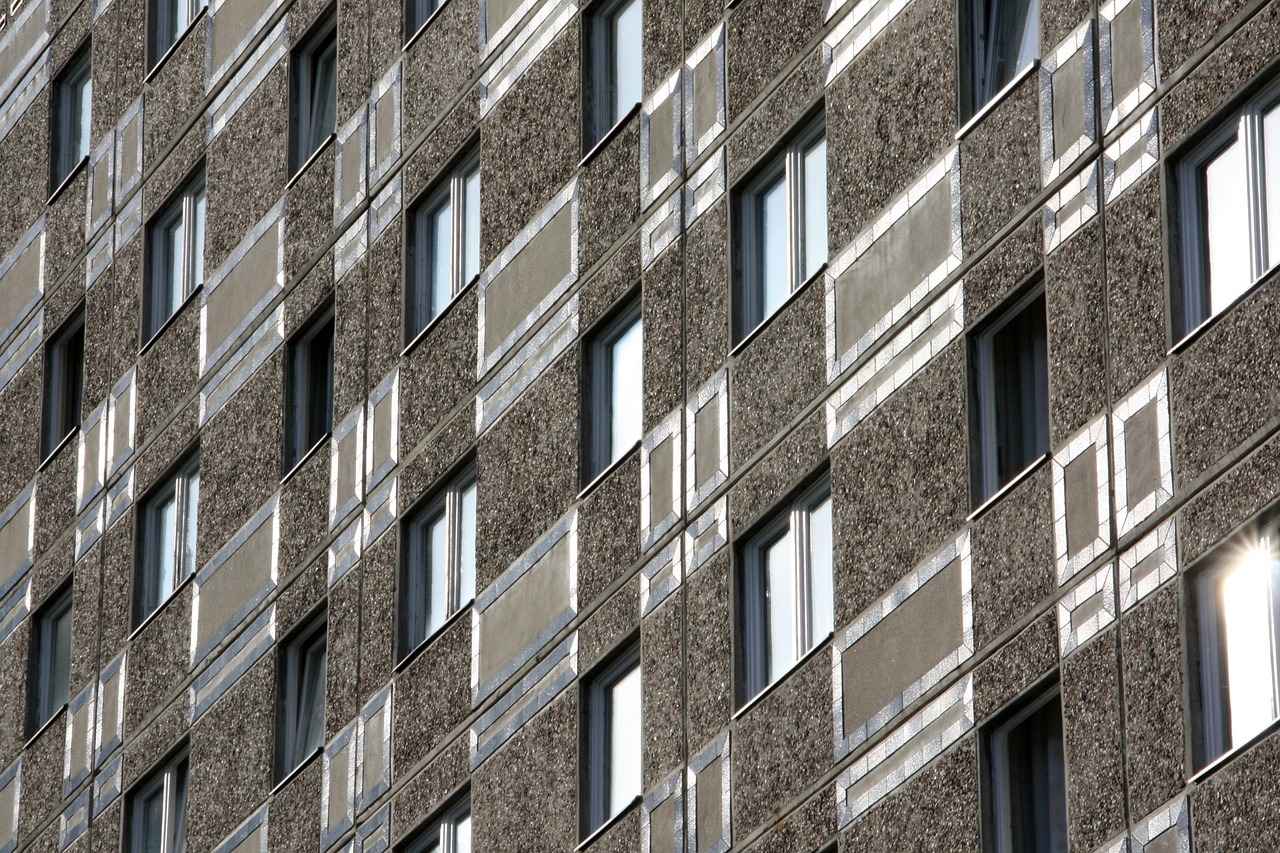
What to Expect During Your Rental Experience
Renting a kimono is an enriching experience that goes beyond simply selecting a beautiful outfit. The process is designed to ensure that you feel comfortable and confident while embracing this iconic aspect of Japanese culture. Here, we will outline the typical rental process, focusing on fittings and styling, to help you prepare for your kimono adventure.
Fitting and Adjustments
Once you arrive at the rental shop, the first step is usually a fitting. This is crucial for achieving the perfect look. The staff will assist you in selecting a kimono that suits your style and body type. During the fitting, they will measure your height and body proportions to ensure the kimono drapes elegantly. If necessary, adjustments will be made to achieve a tailored fit. Many shops have skilled staff who can make quick alterations on-site, ensuring that you leave with a kimono that feels just right.
Styling and Accessories
After the fitting, the next exciting step is styling. Kimonos are often paired with various accessories that enhance the overall aesthetic. You can expect to choose from a selection of obi (belts), obijime (decorative cords), and even kanzashi (hair ornaments). The staff will guide you on how to wear these accessories correctly, ensuring that your look is both traditional and stylish. Additionally, many rental shops offer hair styling services to complement your kimono, providing an all-inclusive experience that immerses you in the culture.
Finally, some shops offer photo packages where you can capture your kimono experience in picturesque settings, creating lasting memories of your time in Japan.
By understanding what to expect during your rental experience, you can fully enjoy the process and embrace the beauty of wearing a kimono.
Fitting and Adjustments
When you decide to rent a kimono, one of the most important aspects is ensuring that it fits you perfectly. Most rental shops provide fittings to guarantee a comfortable and flattering experience. Here’s what you can expect during the fitting process and how adjustments are made.
- Initial Consultation: Upon arrival at the rental shop, you will typically start with a brief consultation. This is where the staff will ask about your preferences, including style, color, and occasion.
- Measurements: The staff will take your measurements, focusing on key areas such as your waist, bust, and height. This ensures that the kimono you choose will fit your body shape well.
- Choosing the Right Kimono: After taking measurements, you will be guided to select a kimono that suits your style and fits your measurements. The rental shop usually has a wide variety of options, from traditional designs to more modern interpretations.
- Fitting Adjustments: Once you have chosen your kimono, the staff will assist you in putting it on. They will make necessary adjustments, such as adjusting the obi (sash) and ensuring that the sleeves and hem fall correctly. If needed, they may also provide additional padding or support to enhance the fit.
- Final Fitting: After the initial adjustments, you will have a chance to walk around in the kimono. This allows you to feel how it moves and whether any further adjustments are necessary. The staff is attentive and will make any final tweaks to ensure you feel comfortable and confident.
Overall, the fitting process is designed to be a pleasant experience, allowing you to embrace the beauty of wearing a kimono while ensuring it fits you perfectly. Remember, a well-fitted kimono not only enhances your appearance but also allows for greater freedom of movement, making your cultural experience even more enjoyable.
Styling and Accessories
Kimonos are not just garments; they are a reflection of Japanese culture and artistry. To elevate your kimono experience, accessories play a crucial role in enhancing the overall look and feel. Below, we explore the typical accessories associated with kimonos and provide guidance on how to wear them correctly.
| Accessory | Description | Wearing Tips |
|---|---|---|
| Obi | The wide belt that cinches the kimono at the waist, available in various styles and colors. | Ensure the obi is tied snugly but comfortably. The knot should be positioned at the back and can be styled in different ways, such as the taiko (drum) style for formal occasions. |
| Obijime | A decorative cord that adds an elegant touch to the obi. | Position the obijime over the obi and tie it securely to keep the obi in place while adding a pop of color. |
| Obiage | A silk scarf that is tucked into the top of the obi, often in a contrasting color. | Use the obiage to add layers and texture. Make sure it’s neatly tucked and visible above the obi. |
| Obiita | A stiff backing that helps the obi maintain its shape. | Place it inside the obi before tying to ensure a polished look. |
| Geta or Zori | Traditional footwear worn with kimonos. | Choose geta for a more casual look and zori for formal occasions. Ensure your feet are comfortable, as you may be wearing them for extended periods. |
In addition to these accessories, consider incorporating hair ornaments, such as kanzashi, which are decorative hairpins that can add a touch of elegance to your hairstyle. When styling your hair, keep it simple to maintain the kimono’s traditional aesthetic.
Lastly, remember that less is often more when it comes to kimono styling. Choose a few key accessories that complement your kimono and reflect your personal style. By doing so, you will not only enhance your appearance but also pay homage to the rich traditions of Japanese culture.
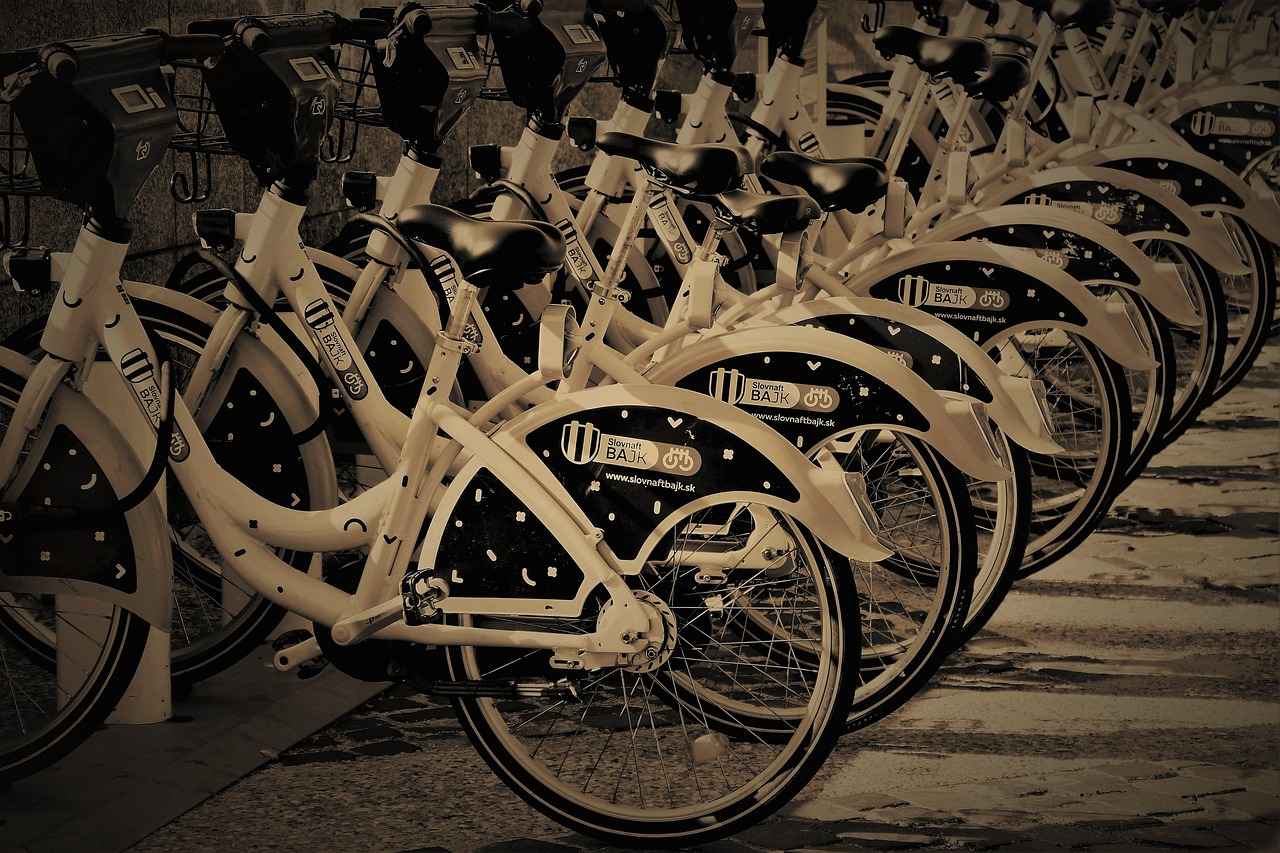
Conclusion: Embrace the Kimono Experience
Renting a kimono is not just about wearing a beautiful garment; it is a gateway to immersing yourself in Japanese culture. As you stroll through the historic streets of Kyoto or the bustling avenues of Tokyo, wearing a kimono allows you to feel connected to the rich traditions and history of Japan. By following the insights shared in this article, you can ensure a memorable and authentic experience during your travels.
To make the most of your kimono rental, consider the following tips:
- Research Rental Shops: Look for reputable rental shops known for their quality and customer service. Reading reviews can help you find the best options.
- Understand the Styles: Familiarize yourself with different kimono styles and their significance. This knowledge will help you choose a kimono that resonates with you.
- Plan Your Outfit: Coordinate your kimono with suitable accessories such as obi (sashes), obijime (decorative cords), and footwear to enhance your overall look.
- Engage in the Experience: Many rental shops offer additional services like hair styling and professional photoshoots. Take advantage of these to capture your experience beautifully.
Moreover, remember that the kimono is more than just clothing; it is a reflection of Japanese artistry and cultural heritage. By donning a kimono, you are partaking in a tradition that has been cherished for centuries. Whether you are visiting ancient temples or participating in local festivals, wearing a kimono enriches your journey and creates lasting memories.
In conclusion, embracing the kimono experience is a wonderful way to engage with Japan’s vibrant culture. With careful planning and an open heart, you can create an unforgettable experience that pays homage to the beauty and significance of this traditional attire.
Frequently Asked Questions
- What is the typical cost of renting a kimono?
The cost of renting a kimono can vary significantly depending on the city and the style you choose. On average, expect to pay between 3,000 to 10,000 yen for a rental. Special packages that include accessories and styling may cost more, but they often provide a complete experience.
- How long can I rent a kimono for?
Most rental shops offer flexible rental durations, ranging from a few hours to a full day. Some shops even provide options for multi-day rentals, which can be great if you’re attending special events or want to explore more of Japan’s beautiful scenery in your kimono.
- Do I need to make a reservation in advance?
It’s highly recommended to make a reservation, especially during peak tourist seasons. This ensures you get the kimono style you want and saves you from long wait times at rental shops.
- Can I wear my own accessories with the kimono?
While many rental shops provide accessories to complement your kimono, you’re welcome to bring your own! Just make sure they match the traditional aesthetic to maintain the cultural vibe.
- What should I wear underneath the kimono?
Typically, you should wear a simple undergarment like a tank top and leggings or a plain dress. The rental shop will guide you on the best options to ensure a comfortable fit under the kimono.






